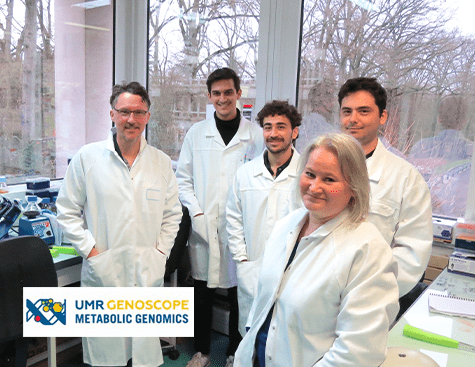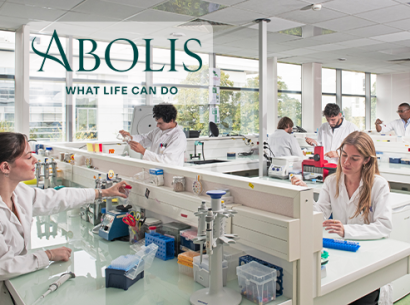Their work creates new vistas in biomanufacturing. Clostridia bacteria are able to ferment plant biomass and especially the lignocellulose fibers present in plant debris. They thus have potential as “factories” for producing high-added-value compounds of interest, including medicines.
 Within Genoscope’s Genomics Metabolics mixed research unit, a team led by Andrew Tolonen has developed a method to optimize the genetic engineering of Clostridium genus bacteria for biotech applications. The team used the Clostridium phytofermentans species as a model in the study. The researchers first optimized the genetic transformation of C. phytofermentans, then sought means to modulate the expression of genes of interest.
Within Genoscope’s Genomics Metabolics mixed research unit, a team led by Andrew Tolonen has developed a method to optimize the genetic engineering of Clostridium genus bacteria for biotech applications. The team used the Clostridium phytofermentans species as a model in the study. The researchers first optimized the genetic transformation of C. phytofermentans, then sought means to modulate the expression of genes of interest.
C. phytofermentans can use lignocellulosic biomass (fibrous plant waste) as a substrate and convert it into a range of compounds. In their work, Tolonen and his colleagues sought to develop the biotechnological tools and methods needed to valorize the potential of Clostridium for biomanufacturing applications.
The “toolbox” developed by the Genopole research team comprises:
- A simple electroporation (use of an electrical current to make a cell membrane permeable) method to enable the transfer of the gene of interest through the bacterial membrane.
- Plasmids (non-chromosomal, usually circular DNA), used as vectors, within which a transformation-optimizing DNA fragment can be inserted and delivered to C. phytofermentans.
- Antibiotic resistance genes that function in C. phytofermentans, used as “markers” to select correctly transformed bacteria via their cultivation in media supplemented with the concerned antibiotic.
- Variably strong promoters able to increase expression by a factor of 4 to 2000 when inserted upstream of the gene of interest.
- A promoter that modulates expression under the double influence of a repressor and a repressor inhibitor, the concentrations of each being adjusted as a function of the desired outcome.
- A dCas12a-mediated CRISPR “interference” system, uniting these regulating elements to experimentally control in a coordinated manner the expression of the genes inserted in the C. phytofermentans and those ensuring its metabolism. The CRISPR-Cas complex known for its role as “genetic scissors” to cut DNA at a precise location was used by Tolonen’s team to specifically repress gene expression.
The complete set of genetic engineering methods and tools developed by the Évry team creates new possibilities for the precise regulation of gene expression in Clostridium, a bacterial genus holding great promise for the transformation of renewable carbon resources, notably plant biomass, into compounds of interest in several sectors. For example, it may be possible to differentially modulate the bacterium’s natural expression to overexpress a particular gene coding for an industrially useful protein, or to insert a gene of interest and to repress the bacterium’s natural metabolic genes in favor of the former






































